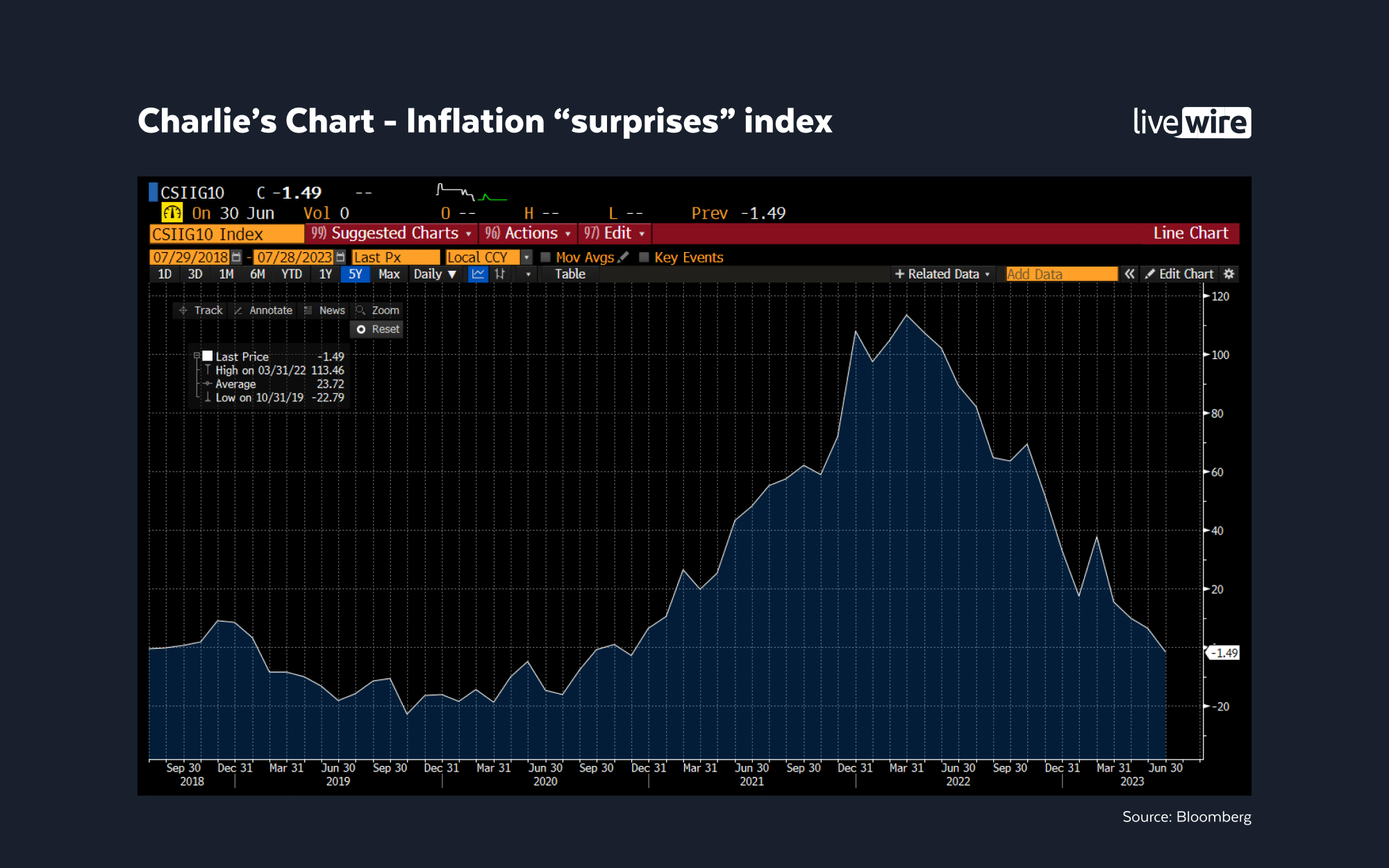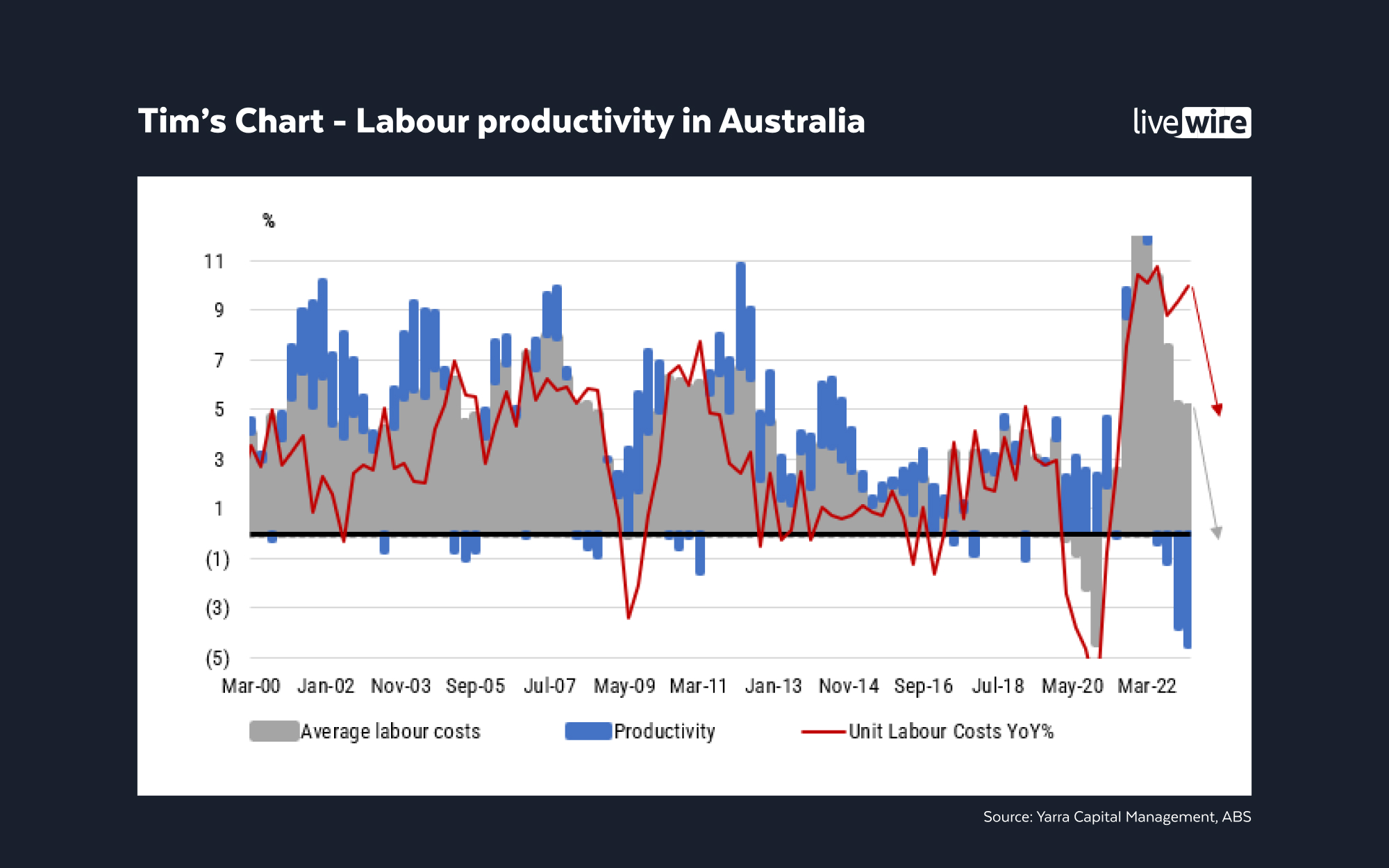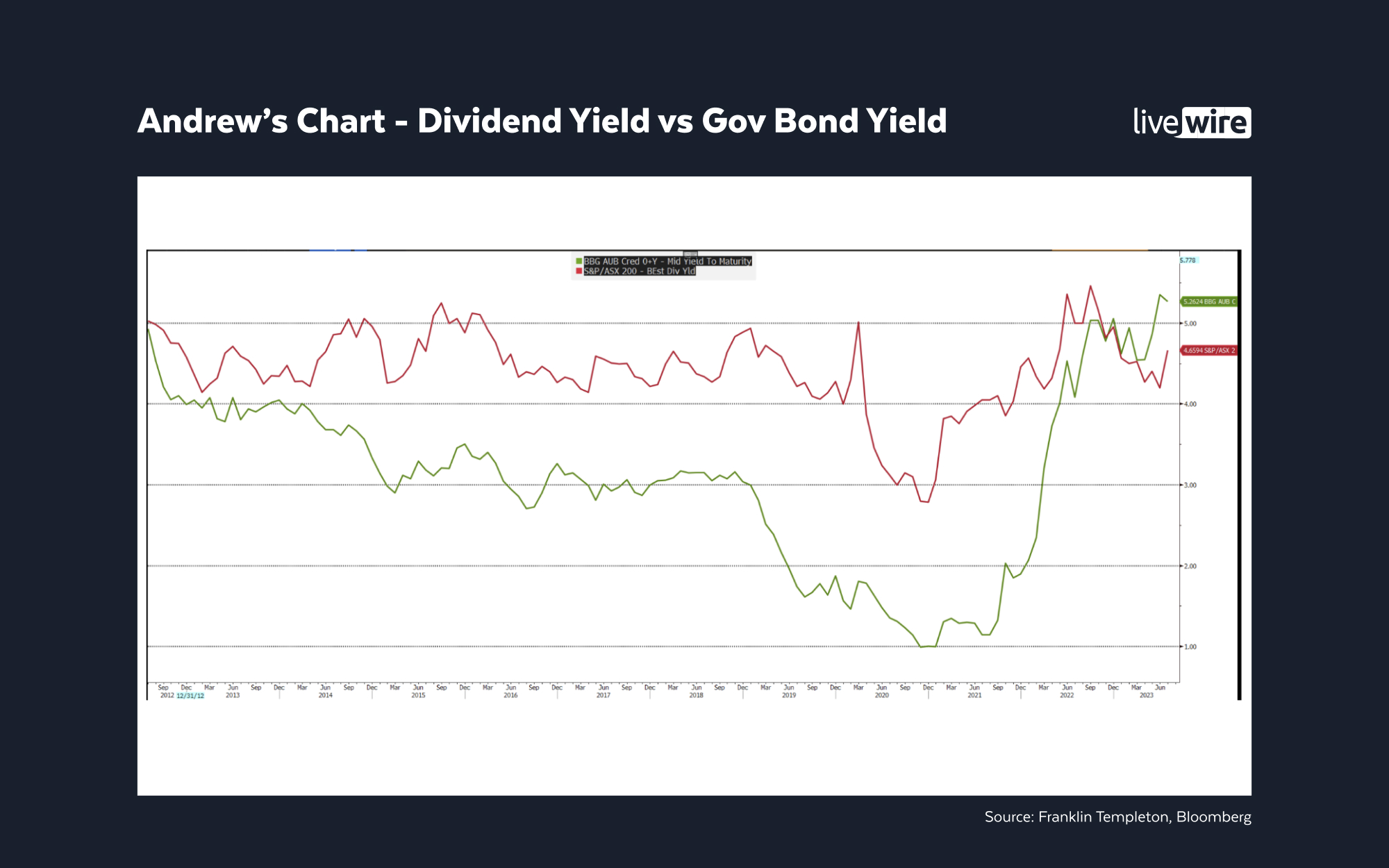Why these fund managers think the hiking cycle is done (and what it means for your investments)
Cast your mind back to December 2022 when the consensus among analysts was that 2023 would see an extension of the large falls in markets. The 40-year rally in government bonds which preceded last year's crash was ancient history and central bank rate hikes would keep equities down and yields higher for longer.
Well, that hasn't panned out. Far from it.
It's equities that are off to the races and bonds are comparatively lagging. In fact, the BlackRock investment returns map is showing that developed market government debt (ie US, Australian etc bonds) have returned just 1.2% for the year so far.
So where did it all go so flat for bond markets and what place do fixed income investments have in the modern, everyday investor's portfolio?
We're answering all those questions (and more) in the Signal or Noise fixed income show. And for the first time, the show comes to you from downtown Melbourne. I have made the trip south and is joined by three market veterans. Between them, they possess over 70 years of experience in financial markets across a range of firms.
- Charlie Jamieson, Co-Founder of Jamieson Coote Bonds and former co-head of rates trading at Bank of America Merrill Lynch
- Andrew Canobi, Director of Fixed Income at Franklin Templeton Australia and former PM at Deutsche Bank
- Tim Toohey, Head of Macro and Strategy at Yarra Capital Management and former Chief Economist at Goldman Sachs Australia/NZ
Note: This episode was taped on Wednesday 2 August 2023 at Franklin Templeton headquarters in Melbourne. You can watch the show, listen to the podcast, or read our edited summary below.
EDITED SUMMARY
Opening question: How has the year played out so far in bonds and is it too late to get in?
Charlie: Returns have been "anaemic" so far because there have been more rate hikes from central banks than first thought. At the longer-end of the curve (10-years and further), yields have cycled in and around the key 4% level. He thinks there will continue to be a lot of yield available and highlights there is still a compelling opportunity in that part of the market especially if the economic slowdown continues.
Tim: "The tale of the tape has been that it's disappointing," Tim says. But with equities detaching themselves from an economic reality where economic growth is poor, he thinks it's still reasonable to hold some bond exposure.
Andrew: "It's been two steps forward and one-and-a-half steps back," Andrew notes. However, he does note that there is a "trifecta of tailwinds" in the bond market including the slowing in inflation, little-to-no growth, and yields already hovering at near-cycle highs. If this is indeed where yields top out, it could be a good time to jump in. (Bond prices and yields are inversely correlated.)
Topic 1: Is the RBA's August pause here to stay?
Tim: SIGNAL - The RBA is largely done absent a major inflation surprise in the next few months. The reality, in Tim's view, is that the RBA needs to now turn its focus to the lower growth world given the Bank now has forecast through the end of 2025 (or what economists call the "forecast horizon").
Andrew: NOISE - While Andrew shares Tim's views on the terminal rate, the RBA is still maintaining a tightening (hiking) bias in its language. It's been a very difficult period for market participants, let alone the RBA, to call its next moves on rates definitively so it needs all its options available and open.
Charlie: SIGNAL - All central banks have now effectively cancelled forward guidance and have "started a period of strategic ambiguity". The RBA didn't take the bait this month and hike interest rates again, which means the hurdle to go again is now much higher. He actually thinks we will be talking about rate cuts into 2024.
Topic 2: Bond fund inflows top $500 million
Andrew: NOISE - Flows may only tell you part of the picture but it does give an important cue as to where retail investors are piling into. Some of the other metrics Andrew uses to gauge sentiment include institutional money flows and the asset allocation decisions made in the day-to-day meetings with clients.
Charlie: NOISE - The re-establishment of yield is very healthy in his view for both bonds and cash (term deposits). The return of good income in the bond market plus an ageing population (which affects superannuation investments) are all good signs for bond market activity. The fact that central banks have also hit their respective terminal rates (or are near there) also traditionally suggests inflows and bond buying will really start to pick up.
Tim: NOISE - He echoes Andrew's points about flows not providing the total story on how bond funds are performing. For instance, bond fund demand might be increasing but if supply is increasing in the asset market itself, that won't increase the returns of everyone invested in those funds.
As for what he's seeing at Yarra Capital Management, there's been increased interest in corporate credit funds given it provides both yield and spread (translation: more income). At the institutional investor level, Tim says he's hearing more interest for the firm's government bond funds for the first time in a long time.
Topic 3: Natixis survey reveals 1 in 4 investors don't know how bonds work
Charlie: SIGNAL - It doesn't help that Australia's bond market is relatively underdeveloped compared to our international peers. There's certainly more education to be done.
Tim: NOISE - While Tim understands Charlie's point of view, he thinks that investors just simply need to know the role that bonds serve and why they matter. In his words, "you don't have to know how the sausage is made to enjoy it". Leave it to the experts!
Andrew: SIGNAL - While there is more work to be done, Andrew has also been impressed by the increased enquiry and reception of bonds as an asset class from advisers. In the Australian context, he also notes that there's been some mis-terming in the market. That is, some people apply terms from other asset classes to bonds and fixed income which just don't fit. This, he says, is part of the education that still needs to be done.
Extended conversation: How can we increase education of the benefits of bonds?
To use an AFL reference, not everybody can play at full forward! Without your defensive anchors (or the back line), your team won't win premierships. Charlie notes there has been more interest in direct investment and thinks that interest will only grow from here. Tim says it's all about messaging - keep it vanilla and keep it simple and ensure the end user understands the message. Andrew adds that it's just about sharing what bonds do at their most fundamental - making loans to businesses and governments which pay its investors a regular income stream in a normal world.
The Charts to Watch
For full explanations of each chart, watch the video or listen to the podcast.



4 topics
3 contributors mentioned

